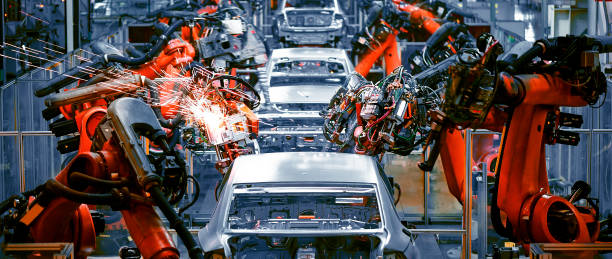The Department for Transport (DfT) and National Highways have admitted that there will be “very limited” headroom for new roads projects during the next five-year road investment period as £11.5bn of work is years behind schedule. National Highways is allocated money to invest in the country’s strategic road network in five-year periods, known as Road Investment Strategy (RIS) periods. The current period, RIS2, saw an allotment of £24bn granted for the years 2020 to 2025. A recent report from the National Audit Office (NAO) found that National Highways has overspent and under-built during this period, meaning that £11.5bn will be rolled over into RIS3 (2025-2030). This is mainly made up of National Highways’ biggest projects like Lower Thames Crossing and the A303 Stonhenge Tunnel. Legal challenges and inflationary cost pressures have also caused setbacks. Prompted by the NAO report into RIS2, the Transport Select Committee is carrying out an inquiry into the management of the UK’s roads projects portfolio. National Highways chief executive Nick Harris, DfT director general for roads, places and environment group Emma Ward and DfT permanent secretary Bernadette Kelly appeared in front of the committee on 1 February to provide evidence on how RIS2 has been managed and what lessons will be taken into RIS3. Asked about how the rolling over of £11.5bn of work into RIS3 will affect the investment strategy for the next period, Kelly admitted: “There are already a number of projects in what we call the RIS3 pipeline, these are very early development projects, but it is true that the headroom for new projects in RIS3 will be very limited.” Ward expanded on this, saying: “The makeup of RIS3 may well look a bit different. It is likely that the headroom for enhancements projects is likely to be less. We also have an ageing network, so the importance of renewals and maintenance actually increases over time. So I would expect the balance of RIS3 to look somewhat different to RIS2.”

Harris Further Emphasised This, Saying: “What is Really.
really important – certainly from my point of view – is we’re looking after an ageing set of infrastructure. More than 70% of our assets, as we get to the beginning of RIS3, are going to be more than 45 years old. So, bridges that were built in the 1960s and 1970s, as well as roads, are increasingly in need of renewal or replacement. And that will all be in the plan.” He added that technology will become a greater concern as it tends to have a shorter renewal cycle than roads. “It’s important that we put funds into the road period to ensure that we look after this technology and the technology that’s coming for this connected autonomous world,” he said. Pressed on whether any of the £11.5bn worth of projects rolled over from RIS2 will be reprofiled or scrapped entirely, the trio of interviewees refused to respond, saying that it was down to ministers to decide. The panel was asked about the work that National Highways is undertaking to prepare for setting out its plan for RIS3 and the public consultation that will soon be commencing. Harris said that “a lot of detailed work has been going on for some time now” and that there are three important documents that will be published in due course that will guide the process. He said: “One is the initial report that will then kick off the consultation period. The initial report gives the detail of what we’ve already done and our thoughts for what could go into RIS3. “Alongside that will be the Route Strategy. There are 20 strategic routes that we’ve worked on, and lot of work has been done together with sub-national transport bodies. [Input from] MPs across the country, other stakeholders and feedback from user groups like Transport Focus has all gone into those strategies. “And then the third document, which I think is a very important one, is really looking forward to 2050 and connecting the country. It’s thinking about what will be the need for roads, looking into the future, thinking about all the changes in technology and connected autonomous vehicles, achieving the challenging environmental targets that we’ve set ourselves. What will that world look like and what will RIS3 have to play in connecting us with that?


Recent Comments